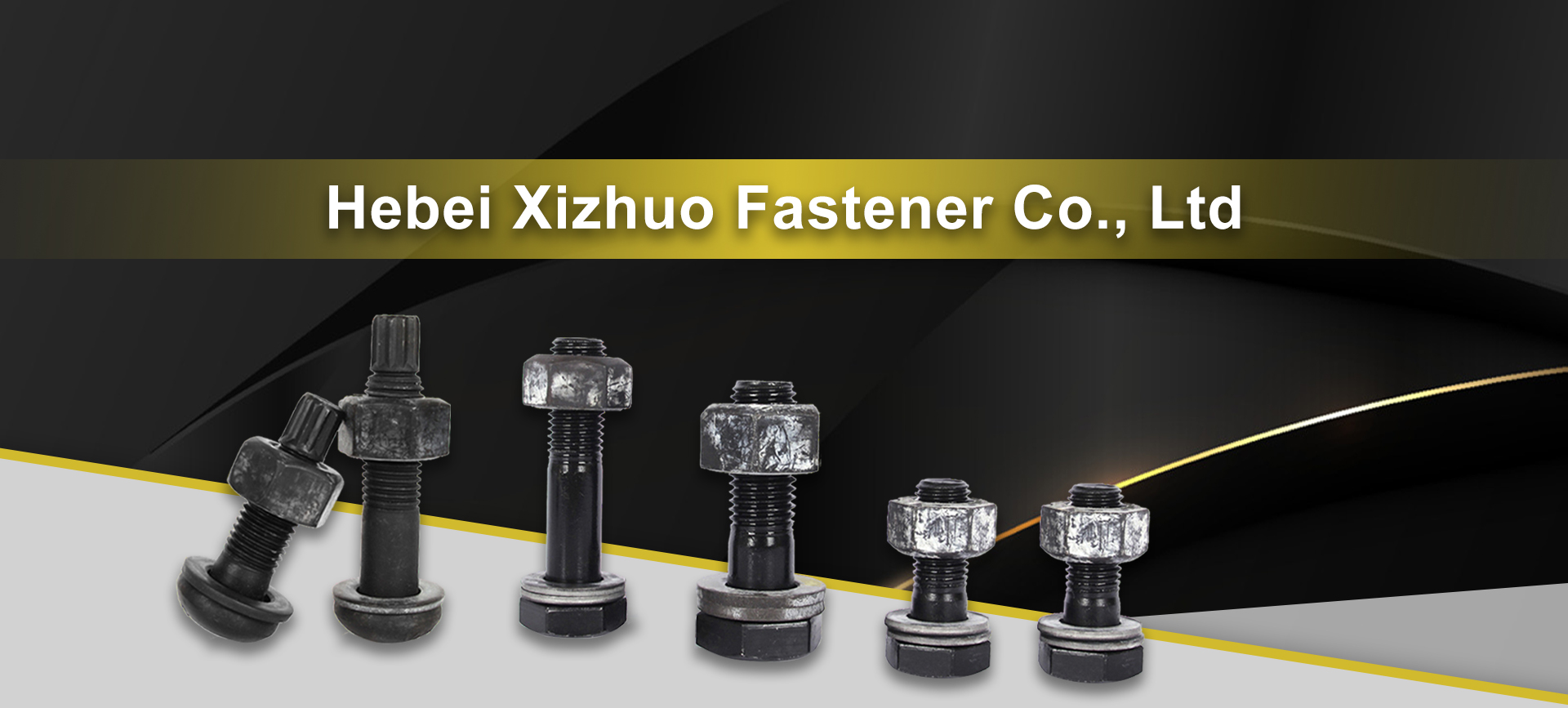Exploring the Applications and Benefits of Chemical Anchor Rods in Construction
Understanding Chemical Anchor Rods A Comprehensive Overview
In the world of construction and engineering, the need for robust fastening solutions is paramount. Among the various anchoring systems available, chemical anchor rods have emerged as a highly effective solution for ensuring strong and reliable connections in a multitude of applications. This article explores the principles, benefits, applications, and installation processes associated with chemical anchor rods, elucidating why they are a preferred choice for many professionals in the field.
What are Chemical Anchor Rods?
Chemical anchor rods are specialized fasteners that utilize a chemical bonding agent to adhere to base materials, such as concrete, masonry, or stone. Unlike traditional mechanical anchors that rely on friction or expansion to hold their position, chemical anchors achieve their strength through the use of an adhesive, often based on epoxy or polyurethane resins. This bonding technology allows for exceptional load-bearing capacities and resistance to environmental factors.
Advantages of Chemical Anchor Rods
1. High Load Capacity One of the standout features of chemical anchor rods is their ability to support substantial loads. The chemical bonding creates a larger contact area compared to mechanical anchors, enhancing their performance under tension and shear loads.
2. Versatility These rods can be used in various applications, including anchoring structural elements, machinery, and equipment, as well as in retrofitting and reinforcement projects. They are suitable for both horizontal and vertical applications.
3. Resistance to Environmental Factors Chemical anchor rods are often resistant to corrosive environments, temperature fluctuations, and moisture. This makes them ideal for outdoor construction and locations exposed to harsh conditions.
4. Reduced Installation Stress Since they do not rely on expansion, the risk of concrete cracking during installation is significantly minimized. This feature is particularly beneficial in sensitive or pre-stressed concrete elements.
Applications of Chemical Anchor Rods
Chemical anchor rods find application across various sectors
- Construction and Civil Engineering They are commonly used to anchor heavy structural elements, such as beams and columns, in both new constructions and renovation projects.
- Industrial Settings Machinery, equipment, and storage racks can be securely fastened to floors and walls using chemical anchor rods, ensuring stability and safety in factories and warehouses
.chemical anchor rod

- Infrastructure Projects In bridges, tunnels, and other large-scale projects, these anchors provide the necessary reinforcement and stability.
- Solar Panel Installations With the rise of renewable energy solutions, chemical anchor rods are increasingly used to mount solar panels securely on rooftops and ground mounts.
Installation Process
The installation of chemical anchors involves several key steps
1. Site Preparation The area must be clean and free of debris. Any existing concrete dust, dirt, or oils should be removed to ensure optimal bonding.
2. Drilling Holes are drilled into the substrate at specified depths and diameters according to the manufacturer's guidelines. It is crucial to follow these specifications to achieve the desired load capacity.
3. Cleaning The holes must be thoroughly cleaned, often using compressed air, to remove any dust particles that could interfere with the adhesive's effectiveness.
4. Injecting the Adhesive A resin is injected into the hole, generally using a dual-component cartridge system designed for this purpose. The chemical adhesive must be mixed properly to activate its bonding properties.
5. Inserting the Rod Once the adhesive is in place, the anchor rod is inserted into the hole and twisted to ensure even distribution of the resin around the rod.
6. Curing Time It is essential to allow sufficient curing time as per the manufacturer’s recommendations before applying any loads. This ensures that the adhesive reaches its optimal strength.
Conclusion
Chemical anchor rods represent a pivotal advancement in anchoring technology, enabling engineers and construction professionals to achieve high-performance, reliable connections in various structures. Their superior load capacity, environmental resistance, and versatility make them indispensable in modern construction and infrastructure projects. As technology continues to evolve, the application and efficiency of chemical anchor rods are likely to expand, further solidifying their role in the future of engineering solutions.
-
Weatherproof Plastic Expansion Anchors for OutdoorВестиJun.06,2025
-
Sustainability in the Supply Chain: Eco-Friendly TEK Screws ProductionВестиJun.06,2025
-
Load-Bearing Capacity of External Insulation FixingsВестиJun.06,2025
-
Double Head Bolts: Enhancing Efficiency in Industrial MachineryВестиJun.06,2025
-
Corrosion Resistance in Chipboard Screws: Coatings for Wholesale DurabilityВестиJun.06,2025
-
Butterfly Toggle Bolts : Enhancing Structural ResilienceВестиJun.06,2025
